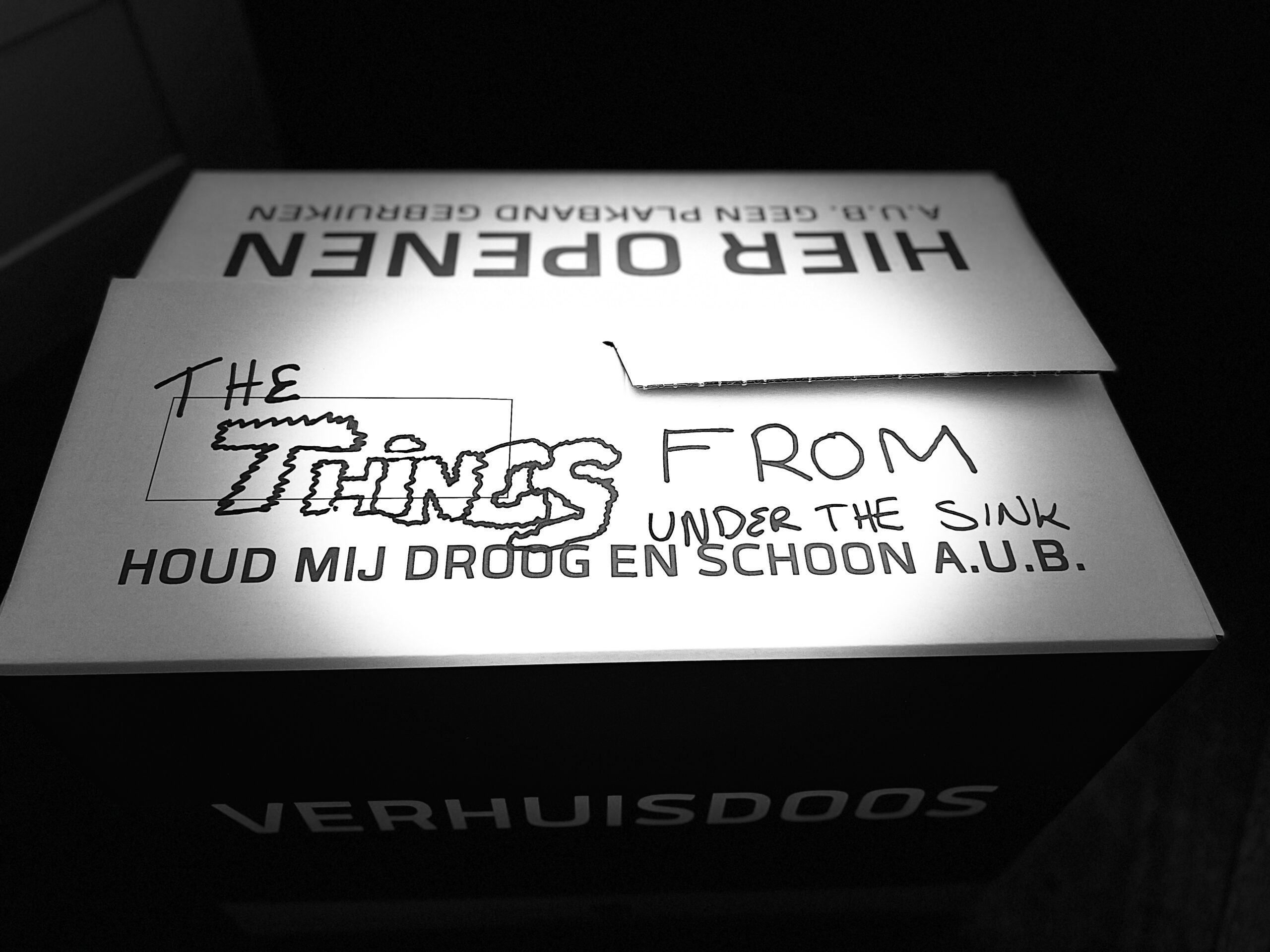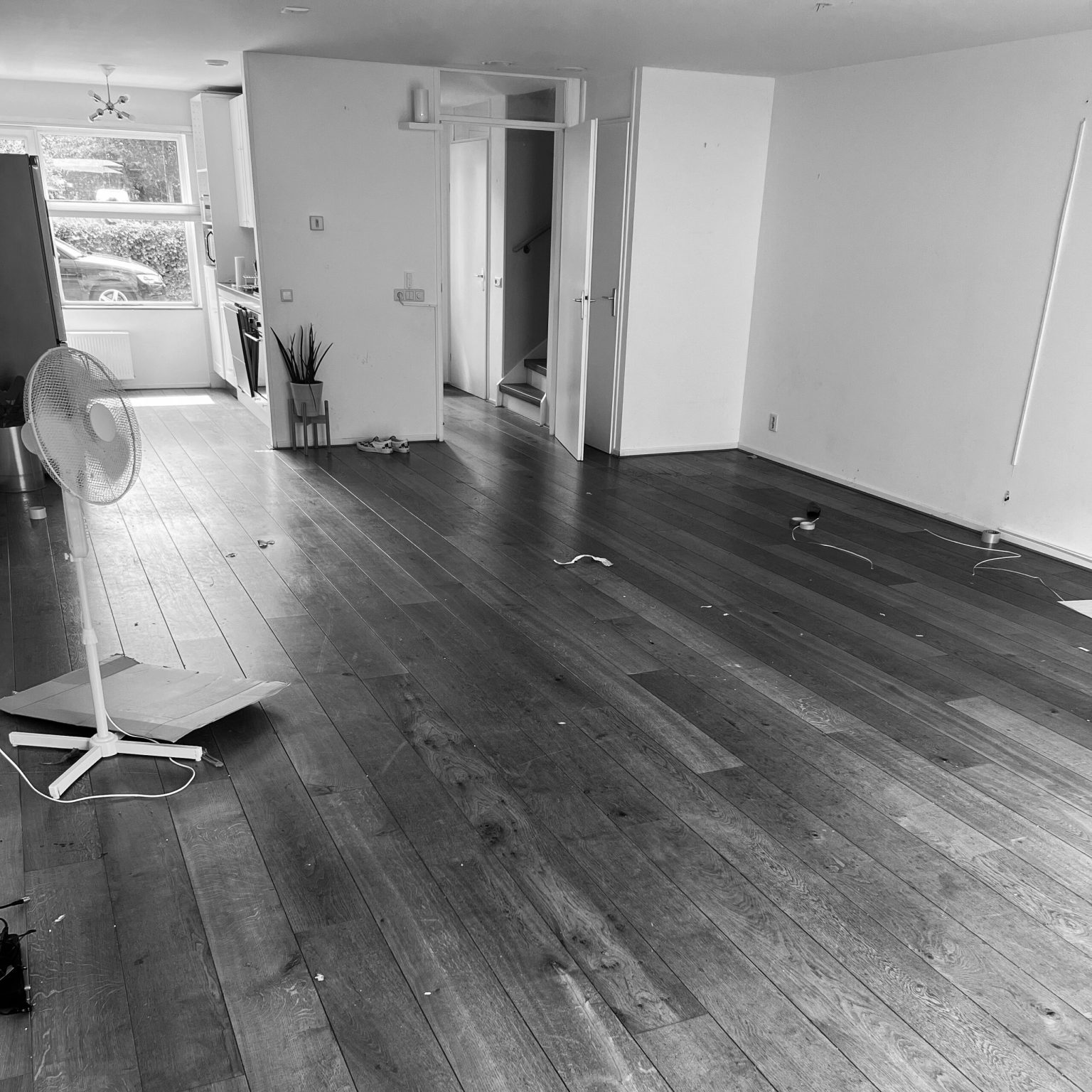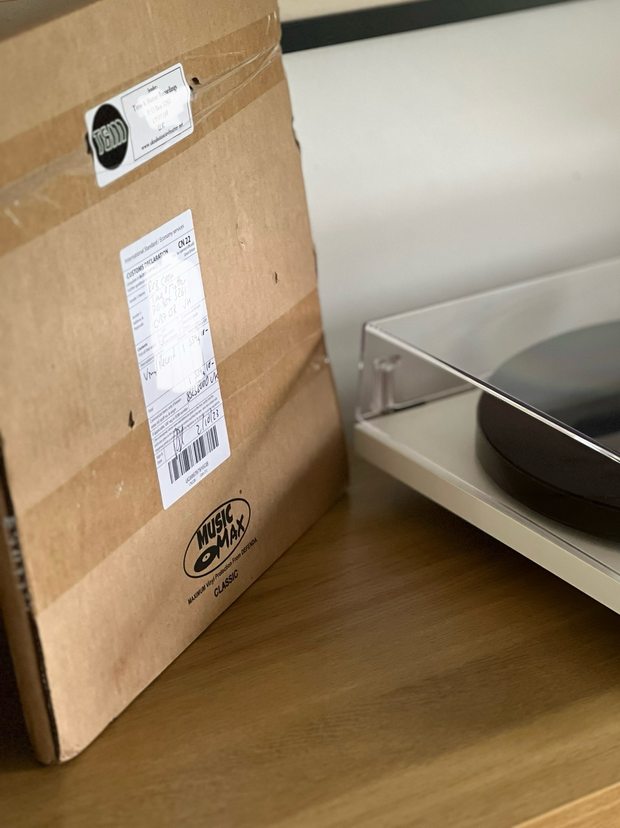Marc A. Price
-

Reviewing the music reviews and the reviewer
.
I have spent the last few nights going through the music reviews that I wrote for popmatters.com over a decade ago. It was quite nice reminding myself of those…
-

Unboxing some vinyl
.
Here is the video of me unboxing the vinyl that arrived this morning. I’m hoping that this will be a regular feature. I will certainly review this album and…
-

Sometimes it feels like my mind won’t stop (Full Length Version)
.
My latest recording is a 15 minute trance/ambient track in three movements that attempts to paint the bizziness of the neurodiverse mind. It is part of a forthcoming album…
-

Failure and the art of getting back on the horse
.
So my plans (like so many of my plans) of writing stuff here failed to materialise. Some may find this unsurprising. I didn’t.I will likely try again soon. Not…
-

The Things from under the sink
.
It has been a very strange couple of weeks. It has gone from seemingly normal with “something on the horizon” to “RED ALERT, RED ALERT” rapidly. In hindsight, as…
-

A Bold Move
.
At this beginning of this year, we took the decision to sell our house and move to the west of Ireland to be closer to my wife’s family. We…
-

Zen and the art of procrastination
.
I had high hopes of being a writer someday. However, as with everything else I seem to try, I get excited about it for a period of time. Intensely…
-

Am I blogging again?
.
This is my first post using Ulysses on my iPhone . I think it has a bit of a learning curve, but it seems much simpler than Scrivener. I…


